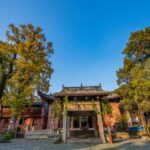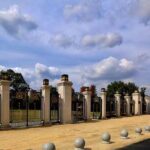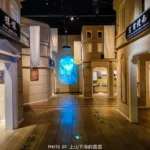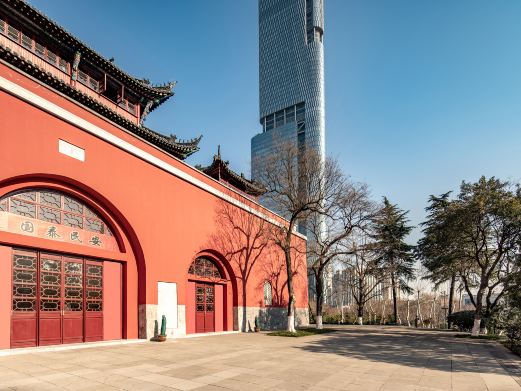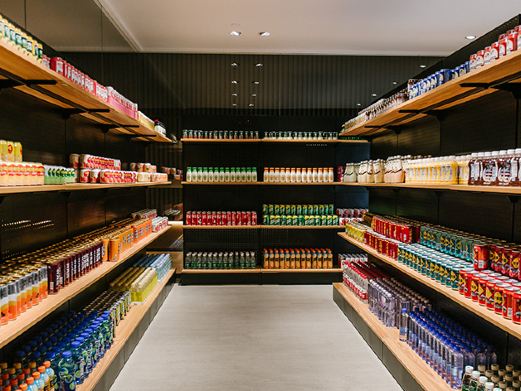Jinshan Temple, also known as Jiangtian Chan Temple, is located on Jinshan Mountain with an altitude of 43.7 meters northwest of Zhenjiang City. It is the main scenic spot of Jinshan Mountain and is only 3 kilometers away from the center of Zhenjiang City. Originally, the temple and Jinshan stood in the center of the Yangtze River. Later, the Yangtze River shifted northward. At the end of the Guangxu period of the Qing Dynasty, the temple was connected to the land on the south side together with Jinshan.
Jinshan Temple was built in the Daxing period of Emperor Yuan of the Eastern Jin Dynasty (around 320 AD). In the fourth year of Tianjian of the Liang Dynasty (505 AD), Emperor Wu of the Liang Dynasty presided over the water and land Dharma assembly here. Thus, Jinshan Temple became the birthplace of the water and land Dharma assembly. All the halls and towers of the temple are built against the mountain. Looking at Jinshan from a distance, only the temple can be seen but not the mountain. There is a saying that ‘Jinshan Temple wraps around the mountain’. What attracts people to Jinshan Temple are many folk tales. The story of White Lady flooding Jinshan all took place here. The mountain gate of the temple faces west. The process of visiting the temple is also the process of climbing Jinshan. The main buildings are distributed from east to west. From east to west, there are the mountain gate, the Mahavira Hall, and the Sutra Depository. The four characters ‘Jiangtian Chan Temple’ on the plaque of the mountain gate. Around the Mahavira Hall are carved white stone pillars, and the roof is covered with golden glazed tiles. It is particularly conspicuous among the surrounding black and cyan roofs and is very magnificent. Going up from the Mahavira Hall is to reach the top of Jinshan. There are scenic spots such as Miaogaotai for enjoying the moon and Xizhao Pavilion. And the Guanyin Pavilion mentioned in many online articles and travel notes that contains the ‘treasures that guard the mountain’ of Jinshan. The ‘four treasures’ – Zhou Ding, Eastern Han bronze drum, and the painting of Jinshan by Wen Zhengming – are basically invisible to ordinary tourists. In the Guanyin Pavilion, there are nothing but some statues of Bodhisattvas on display. There are two good places for enjoying the view from a high place in Jinshan Temple. One is Cishou Pagoda not far from the Guanyin Pavilion. It was built in the Qi and Liang dynasties more than 1,400 years ago. The pagoda seen now is a reconstruction. Under the pagoda, there is an inscription of congratulations ‘as old as heaven and earth’. The pagoda is seven stories high. Standing on the top of the pagoda, you can overlook the entire Jinshan Temple. Looking southwest, you can see the super large ‘Zen’ character made of greenery in Jingtian Garden. Looking west, you can overlook the Runyang Bridge on the Yangtze River. Looking north, you can see Jinshan Lake. The scene of White Lady flooding Jinshan in the story seems to be vaguely felt. The other is Liuyun Pavilion at the top of Jinshan Mountain, also known as Jiangtian Yilan Pavilion. Fahai Cave is also on the mountain, in a corner northwest of Cishou Pagoda. It is a naturally formed stone cave. Fahai, the founding patriarch of Jinshan Temple who really existed in history, once practiced asceticism in the cave. In the cave, there is a statue of Fahai. This eminent monk is highly respected. In fact, the negative image of Fahai in ‘The Legend of the White Snake’ was created by later generations. After seeing these scenic spots, you can go down the mountain and circle to the north side of Jinshan. At the foot of the back mountain, beside the Yudai Bridge built in the shape of a jade belt, there is a White Dragon Cave. Near the entrance of the cave, there are statues of Xiaoqing and White Lady. Deep inside the cave, there is a very thin and long stone crack. People cannot pass through. It is said that it leads all the way to the West Lake in Hangzhou. Back then, White Lady turned into a snake and ran away from here.There is also an imperial dock on the side of the mountain foot facing the lake. Jinshan Temple has a prosperous incense. Usually, pilgrims come in an endless stream. On December 31 every year, there is also a grand bell-striking blessing activity. It is held in the Buddhist square in front of the mountain gate. At that time, there are literary and artistic performances on the square. At zero o’clock, the copper bell is struck. Tourists here pray for peace and good fortune in the new year. If you want to eat vegetarian food, there is a Foyinju Vegetarian Restaurant in front of the mountain gate of the temple. Order and pay downstairs and have meals upstairs. It is in the form of ordering plates of dishes. Rice also costs money but there is a large quantity.
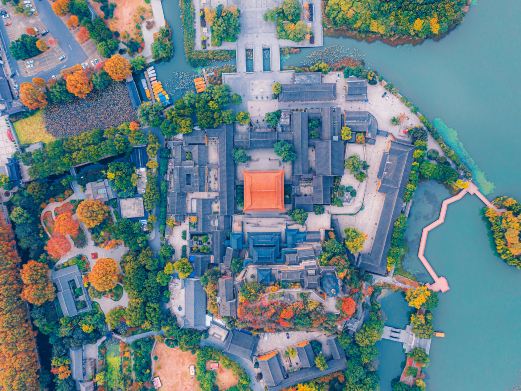
Opening hours: Open all year round from 08:00 to 16:00.
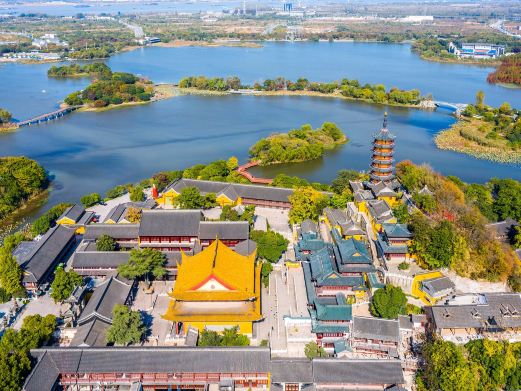
Service facilities
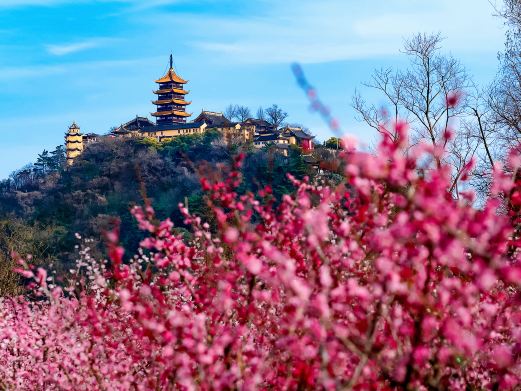
Parking lot: [Jinshan Park Parking Lot]. Reference price: charged. Address: Next to the ticket sales center of Jinshan Park. Parking spaces: 100.
